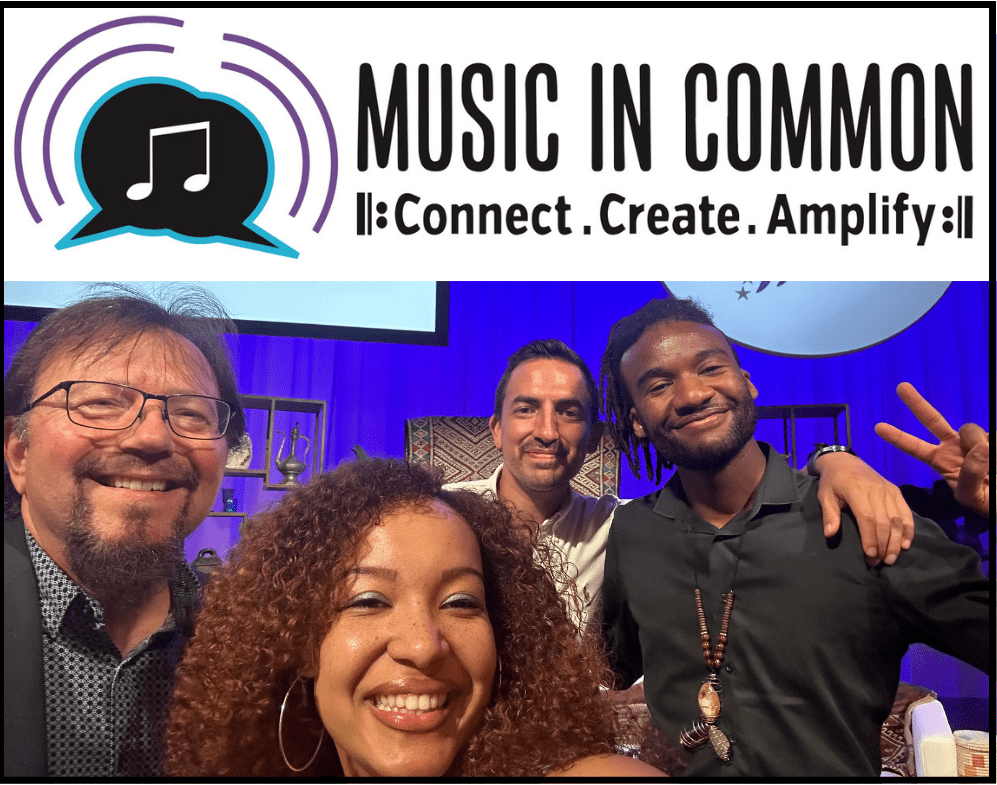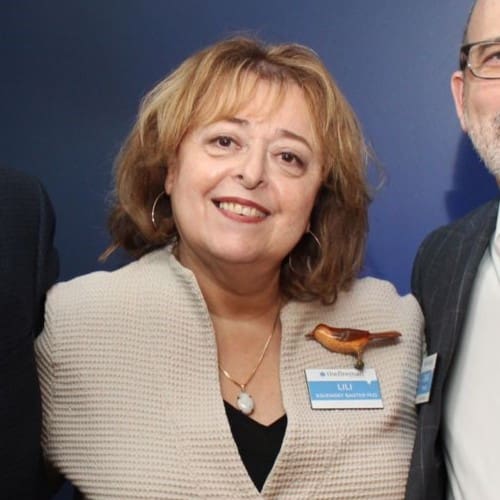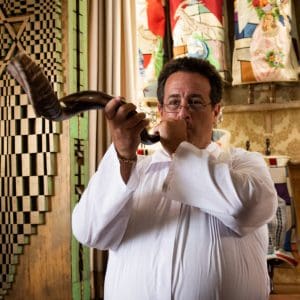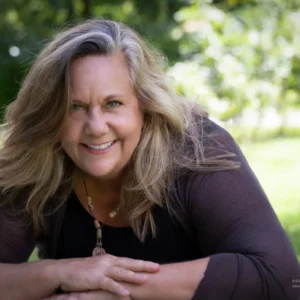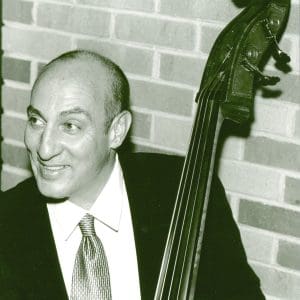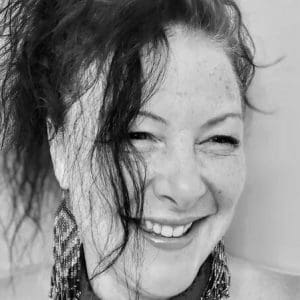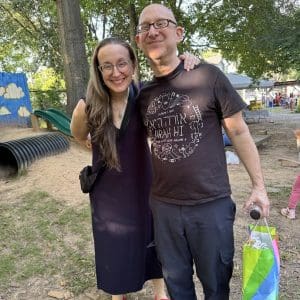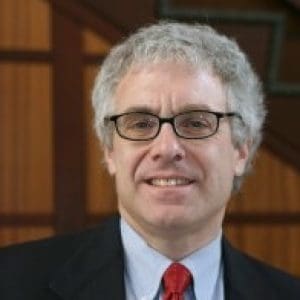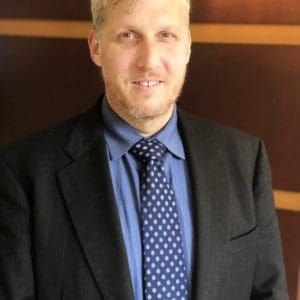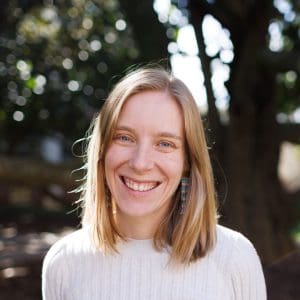SIMCHAT TORAH BERESHIT 5778
BEGINNINGS – A DIVINE BLESSING
October 12, 2017
21 Tishri 5778
On Simchat Torah, we conclude the weekly cycle of Torah readings. The title of this last parasha, V'Zot HaBracha (the name of the blessing) is counterintuitive. While it begins with Moses' blessing of the tribes of Israel, it concludes with his ascent to Mount Nebo from where he would get a glimpse of the Promised Land prior to his death. The Torah is clear that Moses was frustrated that God denied his wish to be the one to lead the Children of Israel into the Promised Land. His death ended the career of a prophet whose likeness will never be equaled. The death of this unparalleled leader, who had faithfully shepherded his people through their forty year odyssey in the desert, hardly seems to be a blessing.
There are, however, two important lessons from the account of his death. Yes, Moses was denied his wish to cross over the Jordan, but his life was filled with many accomplishments. He is eulogized as the prophet who could never be replicated, yet he died with an unrealized dream. This, alas, is the fate of all mortals, whose lives, whether short or long, will depart leaving behind undone tasks. The following generation is often faced with the challenge of carrying on the work of its predecessor, and this is often a blessing.
Moses departs from the scene, but his mission is continued by his successor, Joshua. While not a Moses, he was nonetheless blessed to lead the people into the Land. Thus, even as we read the ending of Moses' leadership, we are immediately reminded that it was followed by the beginning of Joshua's. There is a blessing with the ending of one phase or stage of life that is followed by the beginning of another.
This truth is captured in the liturgy of the Festival. No sooner do we conclude the Book of Deuteronomy than we immediately continue with the first chapter of Genesis, entitled Bereshit (in the beginning). This is a subtle reminder that life is a continuing process of endings and beginnings. Many changes are subtle, and we become aware of transformations only after they have been completed. It's hard to mark the moment when the child becomes a teenager and then an adult. The aging process is likewise subtle, but, given longevity, there will be changes in our appearance and activities.
This simple truth is captured in Sunrise Sunset, Tevya's song in Fiddler on the Roof, as he contemplates his daughter's impending marriage.
Is this the little girl I carried? / Is this the little boy at play?
I don't remember growing older, / When did they?
When did she get to be a beauty? / When did he grow to be so tall?
Wasn't it yesterday when they were small?
Sunrise sunset, sunrise, sunset, /Swiftly flow the days
There are, however, changes that are marked with a clear ending and an easily noted new beginning. Two individuals who come under the chuppa (marital canopy) are simply two separate people. The rituals and prayers that follow do transform them into a couple. From that moment on, they are identified as husband and wife, spouses to one another.
Bar/Bat Mitzvah is often hailed as becoming a Jewish adult. The ceremony hardly transforms a 13-year-old into an adult, physically or emotionally. Yet, by reaching this age, there has been a sharp change in this 13-year-old who is now invested with a lifetime responsibility to fulfill the Mitzvot and Commandments, even as one aspect of his/her life ends, there is the blessing of a new beginning that deserves not only recognition but also celebration.
Thus Moses' departure from the scene, while sad, is not without its blessings. His successor, while more limited, was sufficiently talented to provide the leadership the community needed. The blessing inherent in many endings is the reality of a new beginning.
For each of us, the past year can obviously neither be re-experienced nor relived. The past is just that – the past. There is before us, however, the blessing of the inherent possibilities and potential of new beginnings. While acutely aware of the past year's failures and unfulfilled expectations, there is the anticipation that, in the days ahead, we will be blessed with the opportunity to build on our past and create a significant and fulfilling present with its potential for a glorious future.
As human beings, we are blessed that we can celebrate the conclusion of one phase in our lives with the prospect of going forward to a new one with its dreams of achievements.
—
From the holy city of Jerusalem, my best wishes for a Shabbat shalom u'mevorach and a chag sameach, a joyous celebration of Shemini Atzeret and Simchat Torah.
Rabbi Arnold M. Goodman
SUCCOT 5778
HARVEY, MARIA, AND THE SUCCAH
OCTOBER 4, 2017
14 TISHRI 5778
The Torah groups the festivals of Pesach, Shavuot and Succot together as the Pilgrim Festivals. During the days of the Temple, it was customary for Jews to strive to celebrate at least one of these holy days in Jerusalem. Each of these festivals, however, has its distinctive origin. Pesach, the festival of liberation, celebrates the Exodus from Egypt. The Children of Israel were now a free people.
Shavuot commemorates divine revelation when the liberated Israelites were given Commandments that were to regulate their behavior. They thus transitioned from being slaves of Pharaoh to servants of God. Their freedom of action was now limited by the Commandments.
Succot commemorates our ancestors' forty-years in the desert when they were nurtured and fed by God's daily gift of manna. The festival ultimately came to celebrate the ingathering of the harvest and the blessings that flowed from the land. A major factor in successful and bountiful harvests was not only hard work but also God's beneficence. An agricultural society is dependent on sufficient rain, sunshine, and an accommodating climate. Although freed from Egypt, where they were subject to vagaries of their oppressors, once in their own land, their welfare depended upon the vagaries of nature.
The succah is a temporary and frail structure with a roof sufficiently porous for the sun to shine in through during the day and for the stars to be visible at night. Its vulnerability was in stark contrast to the well-built homes in which families resided during the rest of the year.
The succah is an antidote to hubris. Its very fragility is a reminder that mortals have no guarantee that what is here today will be here tomorrow. In the proverbial blink of an eye, our lives can – and often do – change. Such has been the overwhelming experience of the many tragically impacted by the ravages of Harvey and Maria: destroyed homes, uprooted trees, severed power lines and the many homeless families for whom emergency shelters have to be provided. The critical situation in Puerto Rico requires massive assistance to help its people to return to some semblance of normalcy. The sheer power of Harvey and Maria transformed permanent homes into vulnerable structures. The frail succah is a reminder that even well-built human structures can be toppled and uprooted by natural forces, whether by hurricanes, by earthquakes, by tsunamis. The succah, symbolizing universal human vulnerability, also reminds us of our responsibility to reach out, in any way that we can, to the victims of these natural disasters. We dare not turn a blind eye toward those buffeted by natural or humanly created disasters.
Our tradition, notwithstanding its awareness of human vulnerability, directs us to focus on the reality that there can – and should – be joy in our lives. Thus, Succot, despite being a symbol of our frailty, is to be a festival of joy and is so designated in our liturgy. The Torah in its description of Succot commands, "you shall rejoice in your festival, and you shall be exceedingly joyful" (Deuteronomy 16:15). We can be justifiably proud of our accomplishments and grateful for the joy in our lives. The past is gone and the unborn future is unknown. Before us at any moment, and at this moment, is the present, and it is a present, a joyous gift to be shared with family, friends, and guests who are with us in our succah.
This appropriate celebration of this moment of joy is reflected in the many decorations affixed to the walls of our succah and suspended from the ceiling. We are blessed to enjoy the fruits of our labors; may today's joys be the harbinger of many joyous tomorrows. May our gratitude for our present blessings inspire us to open our hearts and extend our arms to those whose present is a struggle to overcome the ravages unleashed upon them by the powerful forces beyond human control.
—
From the holy city of Jerusalem, my best wishes for a chag sameach – a joyous and spiritually rewarding celebration of Succot and a Shabbat Shalom u'Mevorach.
Rabbi Arnold M. Goodman













